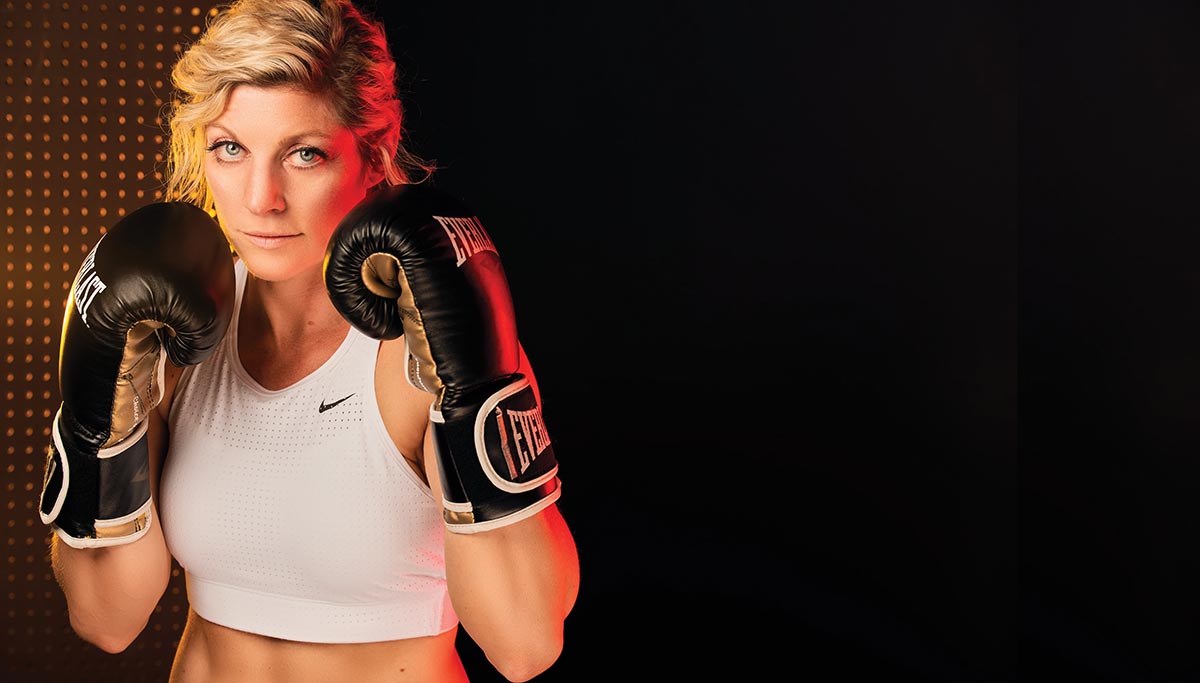Jeff Carpenter is a people person. Talking with folks and getting to know them is what fills his cup. But were it not for two unexpected events—the gift of a Nikon DSLR camera from his parents and a subsequent photography class—Carpenter may have never had the opportunity for lengthy getting-to-know-you conversations like he has today.
Over 12 years ago, Carpenter was enrolled in audio production at Nashville’s Art Institute of Tennessee. “If I had stayed in audio, I’d be stuck in a room mixing a song for 10 hours straight and never talking to anyone,” he says, noting that a photography career allows him to engage his gift of gab as well as his creativity.
Today, Carpenter busies himself primarily as a headshot and portrait photographer as well as a teacher. He also does some commercial work along with video and digital design. His home-based studio, Readylight Media, is just outside of Nashville in a converted garage that features a curved cyclorama wall and glass garage door that deliver gorgeous natural light.
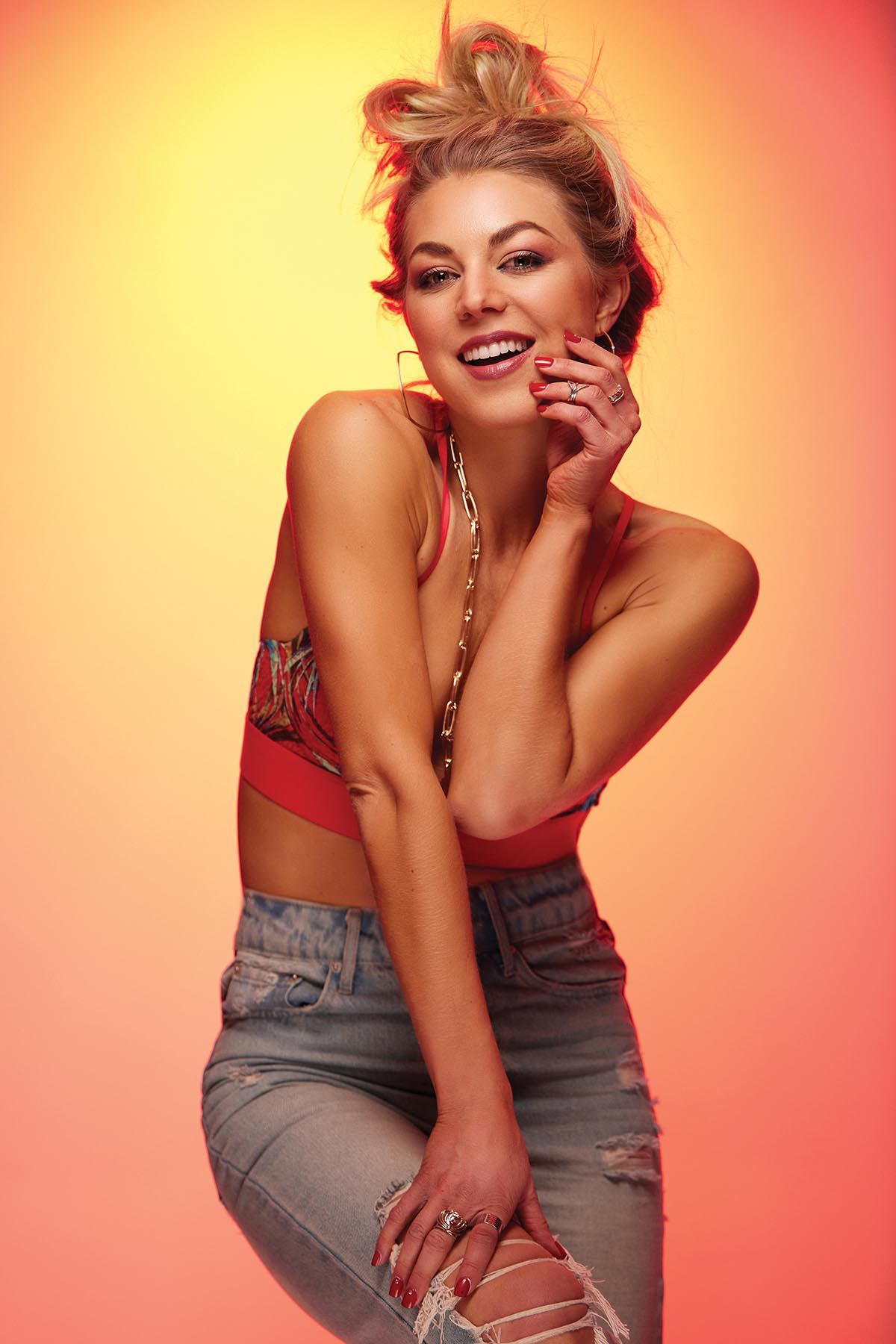
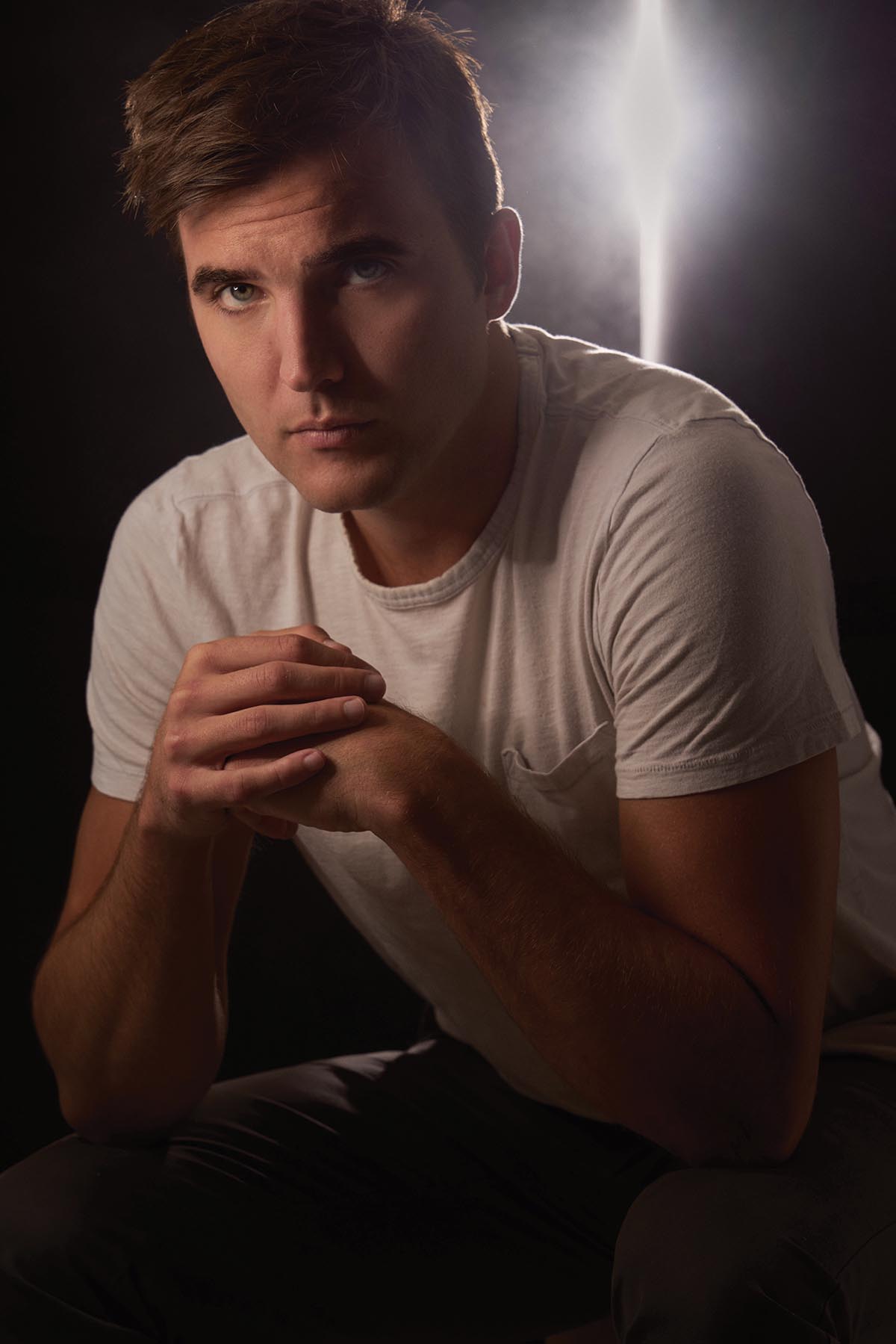
OPEN TO CHANCE
Looking at Carpenter’s career trajectory, you could say chance was on his side. But there’s the luck of chance, and there’s the insight to take action when a chance opportunity presents itself. Carpenter had insight even if he didn’t fully realize it at the time. While casting about for photography gigs after college, Carpenter responded to a Craigslist ad seeking photographers to cover a St. Patrick’s Day event.
“I think the pay was $50 and free beer,” he laughs. “I was working at a restaurant at the time, so my base line was pretty low.”
By the time he responded, the event photography positions were filled, but he was asked if he could provide a photo booth. Inexperienced and clueless about how to pull off a booth, Carpenter took the chance. He bought some cheap lights and cobbled together a rough photo booth that mostly served the purpose. But as the ambient light changed throughout the day, Carpenter’s images were inconsistent despite his low-budget lighting setup. This was a nut he had to crack.
“That was when I found flash,” he says. “I had to figure out something else.” He pulled out the speedlight that came with his Nikon D3100 and started experimenting.
“That moment is where my love of studio photography began,” he says. “I loved the control of it. So, I guess I did things a little backwards, learning with a flash and not ambient light. I was forced to learn the fundamentals of additive lighting from the beginning.”
Cutting his teeth in event photography, Carpenter had to learn and engage in problem-solving on the fly while developing a consistent look he could mark as his own.
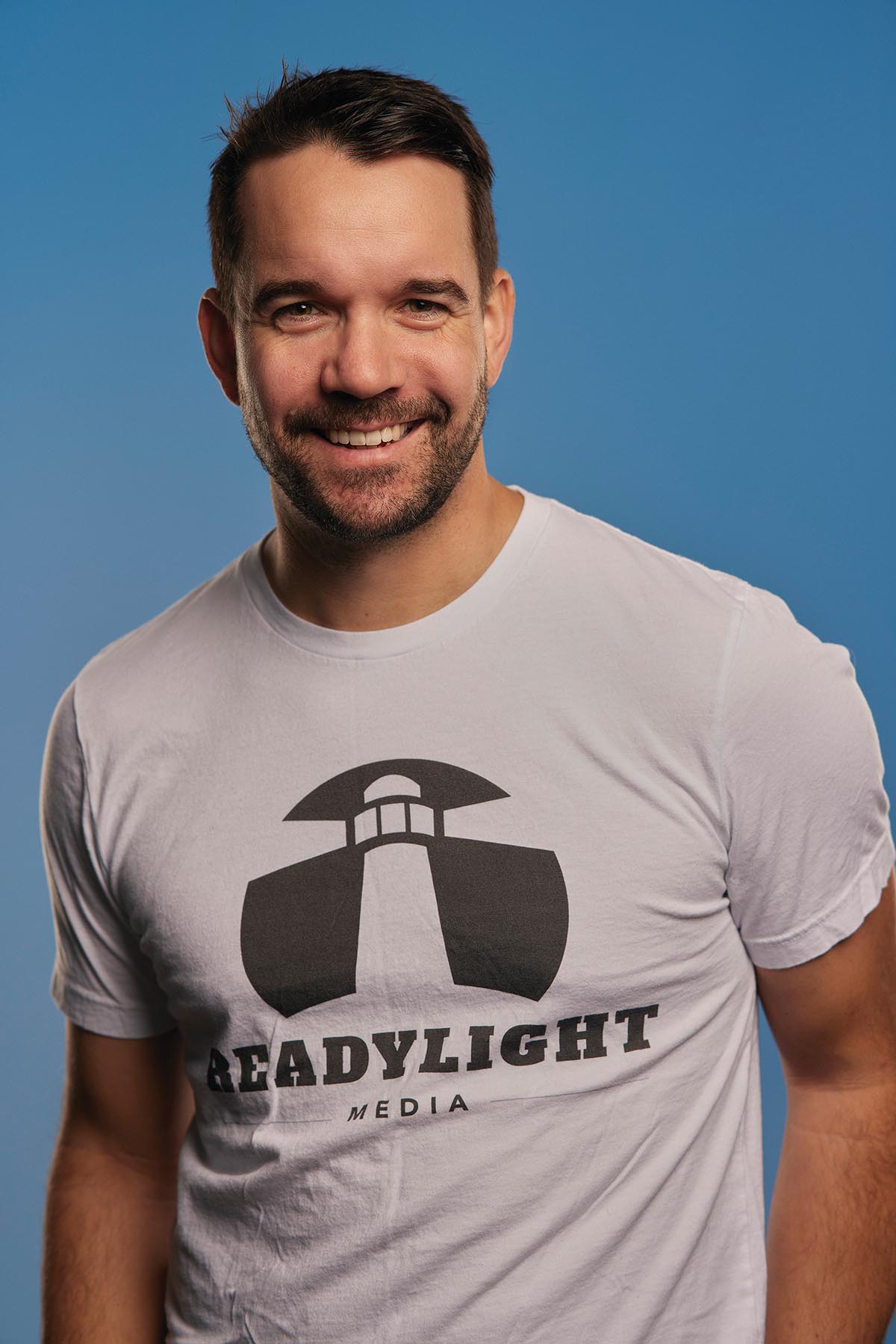
Photographer Jeff Carpenter
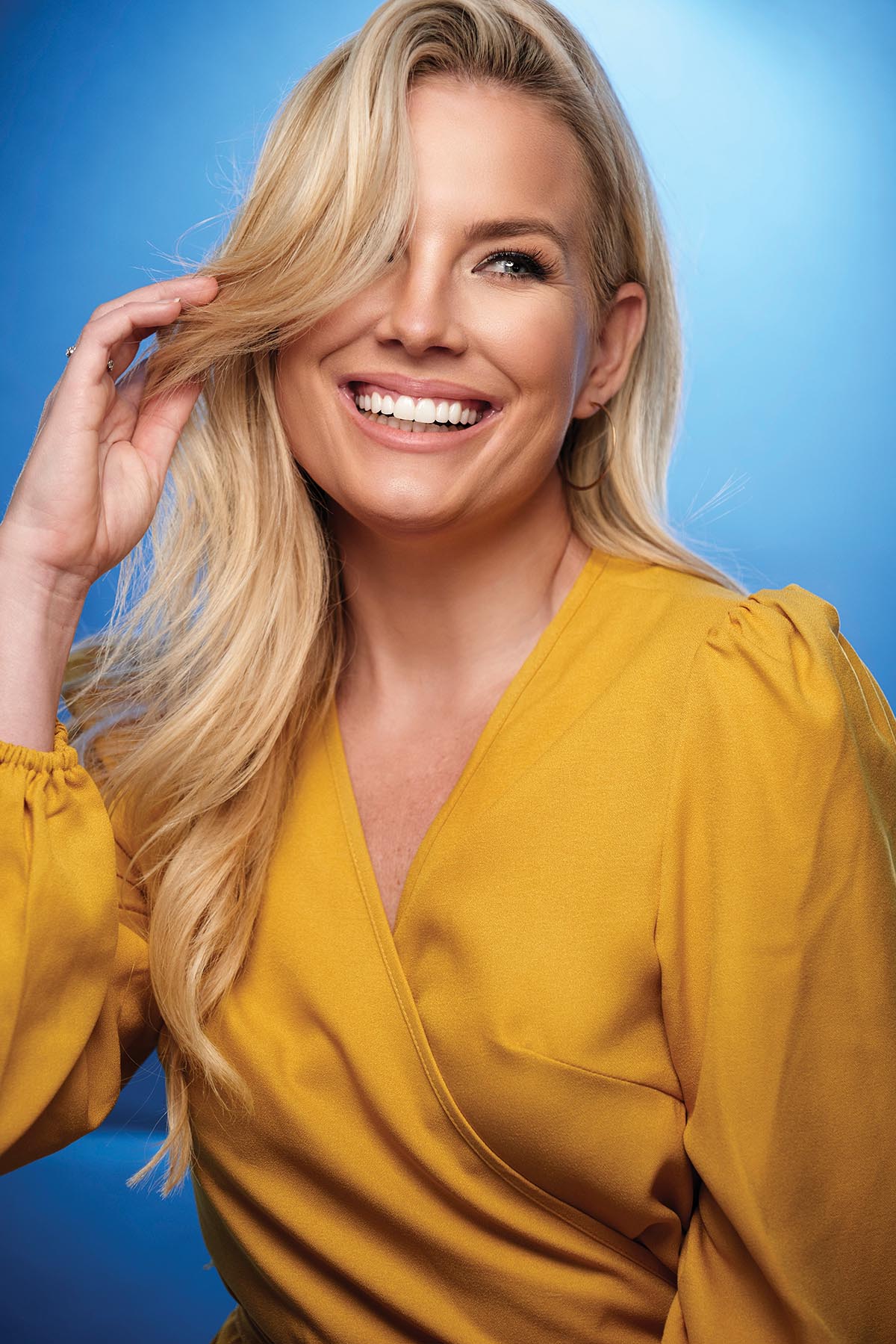
TEACHING THE LEARNING
Like photography, teaching opportunities came to Carpenter seemingly by chance. And again, he was open and intrigued by the challenge. He set up an Instagram account mainly as a repository of behind-the-scenes photos for his own reference as he was working through new lighting setups. His feed became popular, and he developed a following among other photographers. Seemingly out of the blue, a photographer direct messaged Carpenter asking if he could pay to shadow Carpenter for a day.
“I couldn’t believe it,” Carpenter says. “I basically had my first one-on-one workshop. Once that happened, I took a step back and realized that if people were willing to pay me, I should structure things. And I should also really know my stuff.”
Carpenter says that even though he fundamentally knew what he was doing with lighting, the process of teaching revealed that he had room for improvement. He likens it to having street smarts without the book smarts. For example, Carpenter says he was following the inverse square law without realizing there was a name for what he was applying. He took himself to task and got serious about developing a workshop program.
“When you’re teaching, you’re really under the microscope yourself,” he says. “This was the catalyst for me to really dive deep into understanding everything I was doing. I wanted to make sure I had something good to offer.”
Now, he regularly travels for workshops and talks, covering everything from the basic elements of studio photography to lighting techniques and business acumen. Carpenter wants to share the things he had to learn through trial and error to help newer photographers avoid some of his early mistakes.
“I still feel like I have a lot to learn,” he says. “I’ve also made a ton of mistakes that people can learn from. I’m teaching the fundamentals but also the essentials—what you need to get going—basically everything I wish I’d known when I started out.”
Stephanie Boozer is a writer in Charleston, South Carolina.

